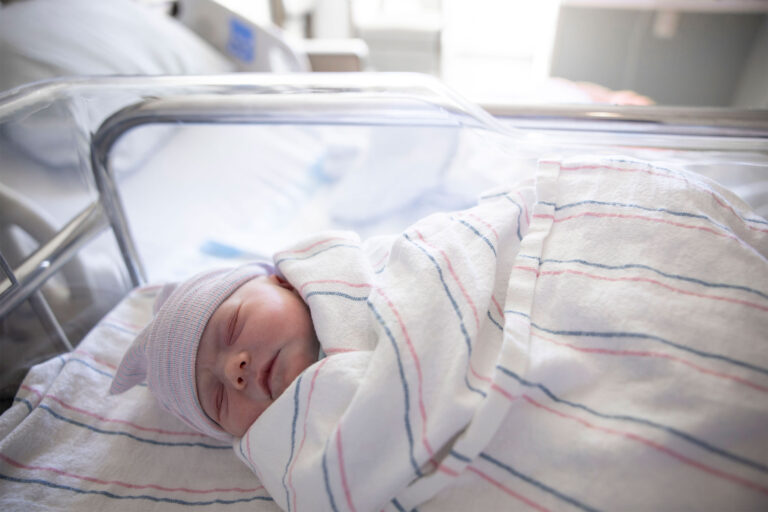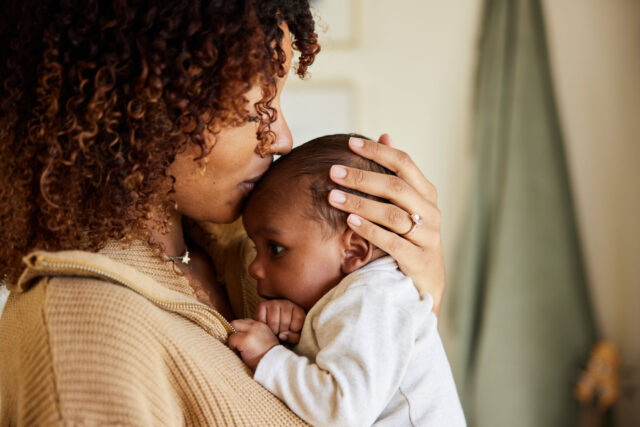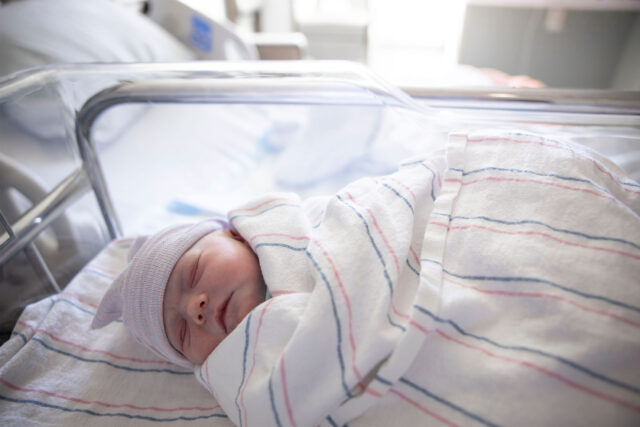California has lost population for the first time in state history, according to the most recent population estimates. This decline is a product of many short-term forces, including more people moving to other states and the pandemic’s effect on births, deaths, and immigration.
Although birth rates have been falling for years, they reached new lows in 2021. The estimated number of children a woman will have in her lifetime is at the lowest level since records have been kept, and well below the number needed to replace the population. And while birth rates dropped during the pandemic, the uncertainties of COVID-19 do not explain the longer-term decline.
Birth rates are not just falling in California: since 2007, the fertility rate across the country has fallen from 2.1 to 1.6. But the California rate fell faster, from 2.2 to about 1.5, and spanned race and ethnicity. Notably, Latina women had the largest decline in California and now also have birth rates below replacement. And teen birth rates are the lowest on record.

Women in their 20s account for the vast majority of recent declines, with almost no change for women in higher age groups. Changes in household structure play a strong role here. Women in their 20s are more likely to have children if they are married and living apart from their parents—both have become less common, and especially so in California where high housing costs make it harder to live on one’s own.
For the first time ever, the average age at first marriage for women in California has surpassed 30 years (up from 27 in 2007, based on American Community Survey data). And the share of women in their 20s who live with a parent rose from about one-third in 2007 (36%) to almost half (46%) in 2019. Over half of men in their 20s (51%) live with a parent. Altogether, this paints a picture of young adults struggling to establish financial independence and their own households.

California has had low birth rates before—for instance, during the Great Depression and the 1970s baby bust. Each time the state at least partly recovered, but this time might be different. Californians born in the United States have had low birth rates for decades. Californians born abroad have had higher birth rates, but immigration has slowed in recent years, and birth rates in other countries are dropping, too. Birth rates for immigrant women living in California have dropped sharply, and are now also below replacement level.
If fertility rates do not recover in California, it will have wide-ranging effects on society and the state. Most immediately, fewer children will lead to declining school enrollment and more schools will close. Longer term, the state may need to redirect funds for infrastructure and housing as populations in certain areas dwindle. It may also complicate support for elderly Californians as fewer working Californians are available to pay for programs like Social Security and Medi-Cal.
A high birth rate is only one component of population growth, but without it, growth becomes much more difficult. Unless the state can reverse the flow of people to other states or encourage more immigration from other countries, California’s recent population declines might one day become the norm.






